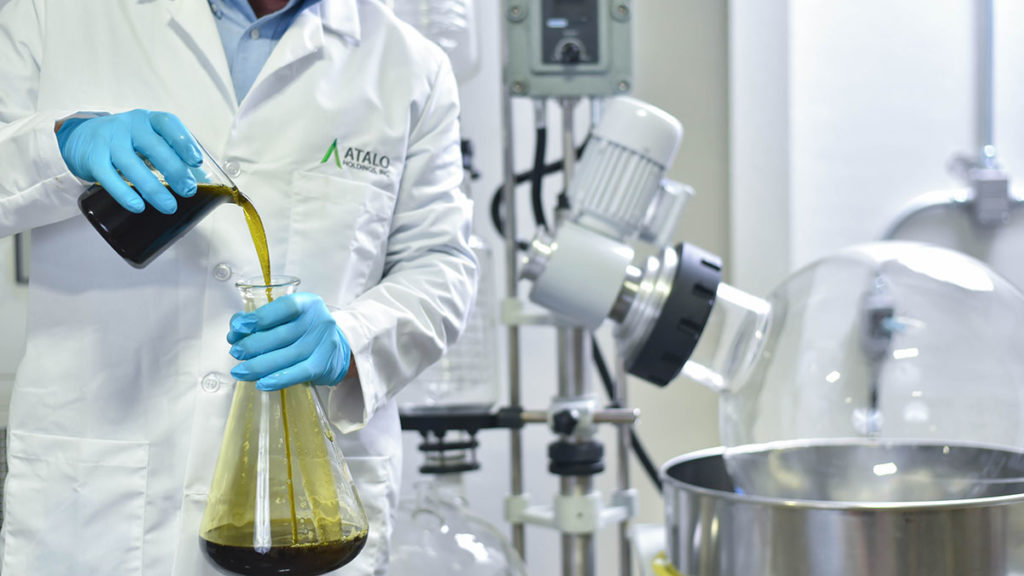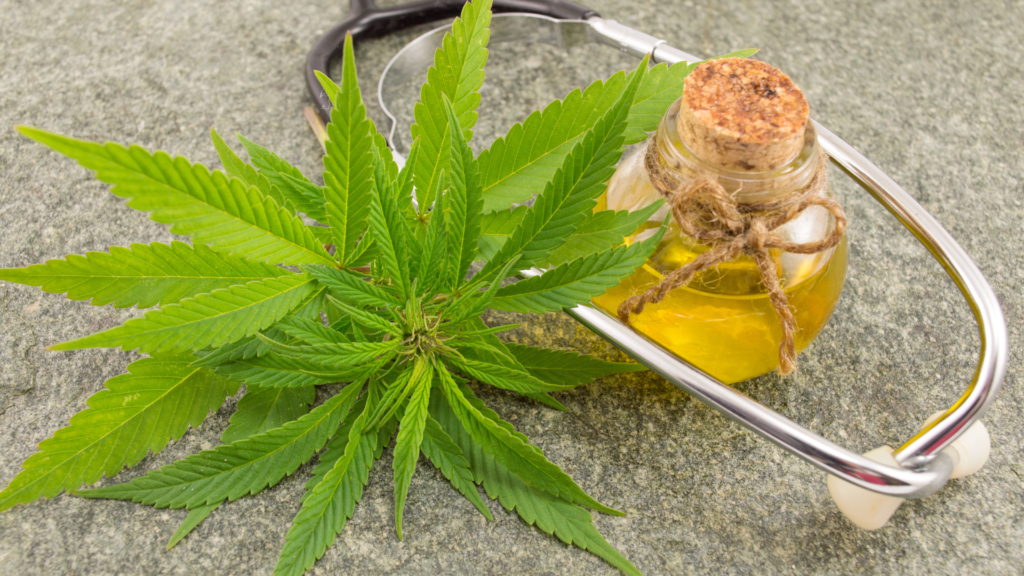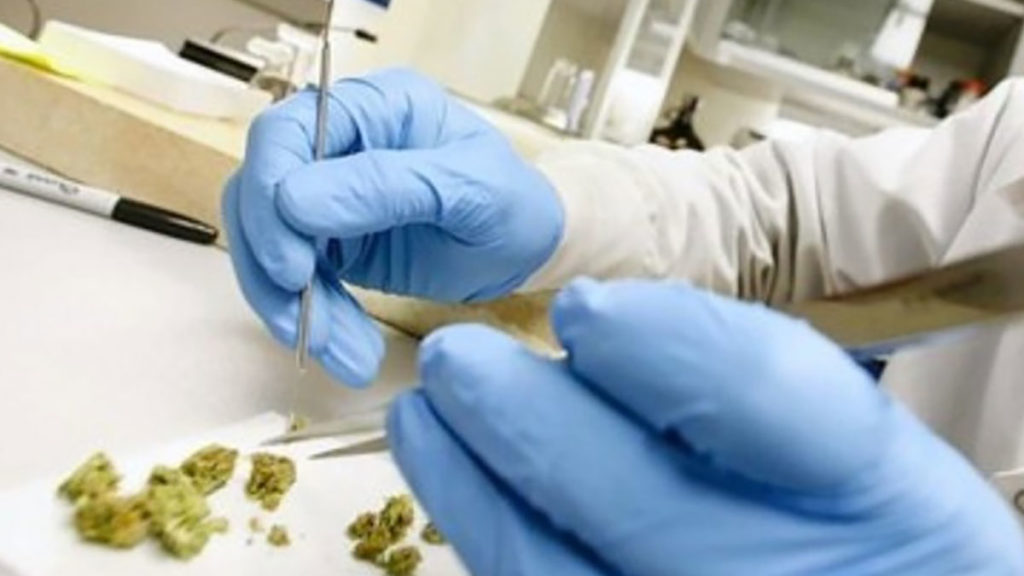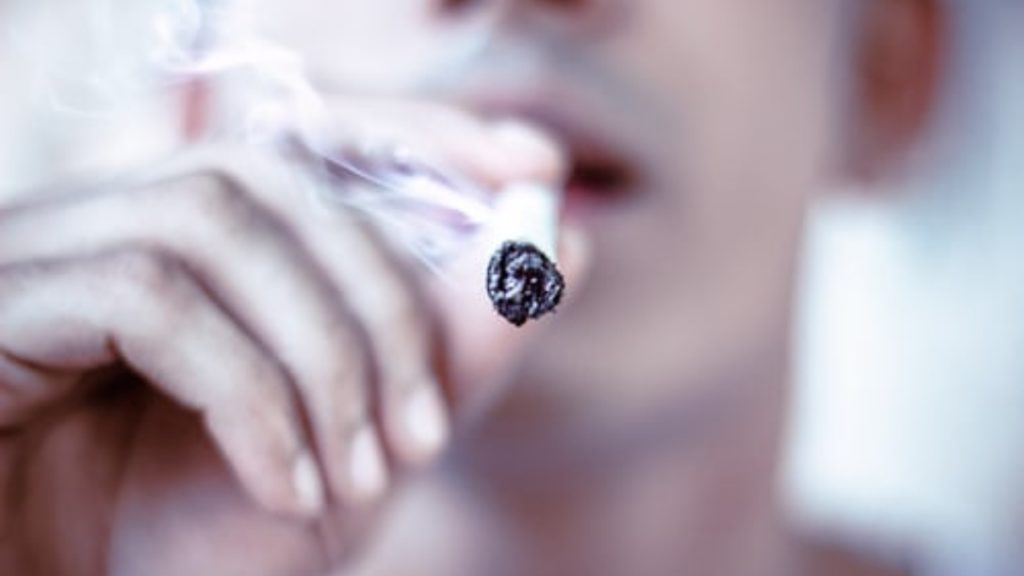Hemp producer Entoura, a privately held, vertically integrated hemp company, has acquired the assets of Atalo Holdings, a hemp producer and CBD manufacturer located in Winchester, Kentucky. Headquartered in New York City, Entoura has facilities in Kentucky, New York, South Carolina, Tennessee and Nevada focused on an institutional-scale supply chain pipeline for hemp and CBD […]
Medical Marijuana
All posts from 'Medical Marijuana' category
Health officials in the Czech Republic have allowed a local extraction facility to export full-spectrum hemp-derived cannabis extract to a Spanish pharmaceutical ingredient manufacturer. Prague-based PharmaCan s.r.o. was granted an export authorization from the Czech Ministry of Health to send 500 grams of extract to Spain, the company’s subsidiary CBDepot said in a statement on […]
Houston-based hemp processor and extractor Bayou City Hemp has purchased a retail company that makes hemp-derived CBD skin care, cosmetics and wellness products. Bayou City Hemp, which applied for a Texas license in March and was busy setting up operations in Houston this spring, announced that the completed acquisition of Dallas-based LeafLife Wellness is part […]
Hemp Industry Daily Conference Direct will feature a dynamic networking engine that uses artificial intelligence to suggest the right people to meet at the event. The new feature – called Network Builder – will empower attendees, speakers, and exhibitors to meet with a smart event-engagement platform that drives unparalleled professional connections. The Network Builder feature […]
ACS Laboratory, a chain of federally licensed and ISO-accredited marijuana and hemp laboratories based in Tampa, Florida, has acquired another Florida-based, certified hemp and CBD testing laboratory, expanding its national presence to 44 states. The purchase of Botanica Testing Inc., headquartered in Gainesville, brings 500 new hemp and CBD clients, according to a company statement. […]
Louisiana penalties for the possession and sale of all smokable hemp products, alcoholic beverages containing CBD and food and beverages containing CBD are now in effect. Louisiana Gov. John Bel Edwards signed the hemp limits into law earlier this month. Louisiana created an industrial hemp program last June, but banned all smokable hemp products and […]
A group of health and consumer advocacy organizations are urging Congress “to reject any attempts to force federal regulators” to legalize CBD immediately. In a June 17 letter to Congress members, the organizations say Congress itself “is not the right evaluator of the safety of consumer products” because representatives and senators can be influenced by […]
Photo courtesy 40 Acre Co-op As Black farm ownership hits historic lows, Minnesota entrepreneur Angela Dawson thinks hemp could be part of the solution. And she’s looking to an old-fashioned model – cooperative farming – to do it. Dawson left a career in food writing and marketing to start 40 Acre Co-op, a network of […]
His impact on NORML and the drive to legalize marijuana has been unique, and significant. Willie is a living billboard for marijuana smoking!
“Taken together, the results of this study add to the cumulative evidence in support of plant-based MC (medical cannabis) as a safe and effective treatment option and potential opioid substitute or augmentation therapy for the management of chronic pain symptomatology and quality of life.”
The post Study: Cannabis Associated with Reduced Opioid Use, Prolonged Benefits in Pain Patients appeared first on NORML.










